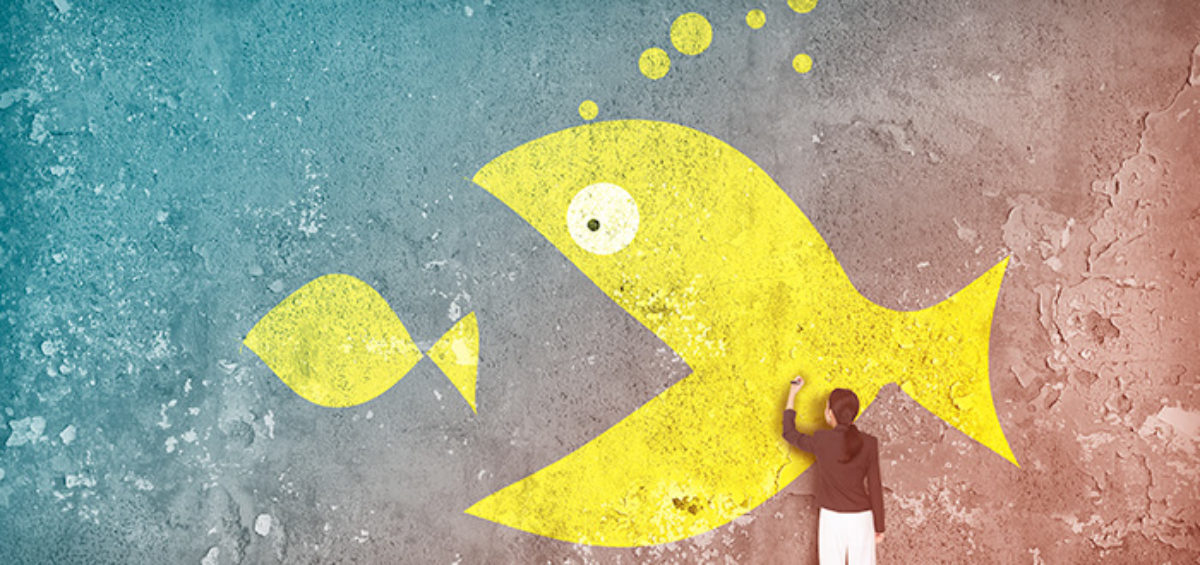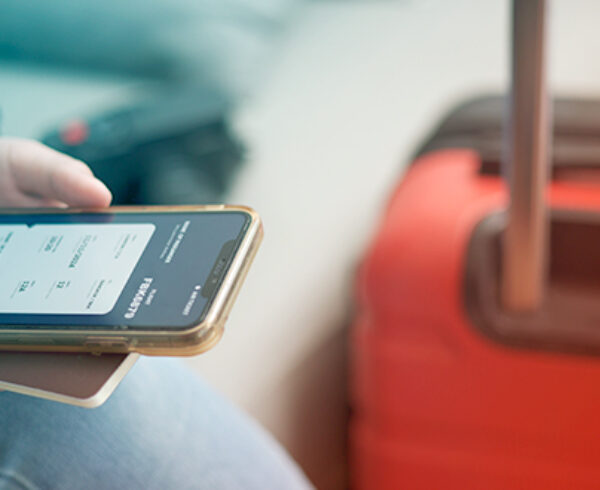It’s been almost a year since Alaska Airlines announced its $2.6 billion acquisition of Virgin America. That means it’s been almost a year since Virgin’s wildly loyal customers have been mourning the loss of their unique and passenger-oriented air carrier.
But, even after the announcement, the Virgin branding and the Virgin culture lived on. While many of Virgin’s core passengers thought and hoped the Virgin experience would continue through 2019, Alaska Airlines is planning to do away with it much sooner — in less than 6 months.
Here’s a look at what to expect as Virgin’s planes and team members are fully absorbed into Alaska Airlines, as well as what these changes mean for travel managers.
April 25: The Official End Date
Virgin America as we know it will cease to exist on April 25, 2018. By that date, all of Virgin’s planes will have Alaska Airlines branding, and the company that was Virgin America will have been fully drawn under the umbrella of its new owner.
Indeed, visit the Virgin American website, and you’ll find that its booking portal only allows for flights through April 24, 2018. If you’re planning travel beyond that date, you’ll need to use Alaska Airlines’ booking channels, or you’ll need to test out a different carrier.
The End of An Era
Virgin America first launched in 2007, a different kind of airline created by billionaire Richard Branson. What made San Francisco-based Virgin different from the competition?
Its employees emphasized a friendliness and hospitality many feel are missing in today’s airline industry. Its gates were stylish and clean. Its planes were bathed in mood lighting, and soft trance music greeted passengers as they boarded.
Virgin developed a powerfully loyal following, and its many fans were crestfallen after the December 2016 acquisition announcement. With Virgin America fully integrated, Alaska Airlines becomes the fifth-largest U.S.-based carrier behind only American, Delta, United and Southwest.
What Makes These Two Companies Compatible?
You won’t find mood music or lighting as you step onto an Alaska Airlines flight. And while Alaska Airlines’ gates are no doubt clean, they aren’t especially unique and stylish as Virgin America’s were.
But, if you look past these style differences, you’ll find that Virgin America and Alaska Airlines share a lot in common — enough to make them a good fit.
In fact, both Virgin and Alaska have sat atop most rankings of U.S.-based air carriers. The Annual Airline Quality Report placed Alaska Airlines at No. 1 and Virgin American at No. 3 for 2016. Virgin America actually took the Airline Quality Report’s top spot from 2012 through 2015.
The Airline Quality Report’s rankings are based on mishandled baggage, denied boardings, consumer complaints and on-time arrivals. ing these metrics, Virgin America and Alaska Airlines seem to have more in common than surface-level experiences would suggest.
The Big Difference: 737s vs. A320s
The biggest difference passenger will experience when flying the post-acquisition Alaska Airlines: a new type of plane. Virgin America’s fleet includes on Airbus A320s, and Alaska Airlines’ fleet includes only Boeing 737s.
These two models from two different manufacturers are incredibly similar. They are about the same length, they cruise at about the same speeds, they hold about the same number of passengers.
But it’s still unclear how or if Virgin’s A320s will be modified as they are integrated into Alaska Airlines’ fleet. Virgin’s planes include plush leather seats, including signature white leather seats in first class. Also, all Virgin A320s include a RED in-flight entertainment system that allows passengers to watch TV and movies, listen to music and even order drinks and snacks.
Alaska Airlines’ 737s have leather seats, too, but they are more neutral in color. Also, rather than using a built-in screen, passengers can access the Alaska Beyond™ Entertainment system using their own devices. Or, on longer flights, passengers can rent entertainment tablets that are pre-loaded with movies and other content.
Passengers using their own devices is an industry-wide trend. American Airlines is also moving away from built-in screens and offering free entertainment on passenger devices after research showed that 90% of passengers travel with a Wi-Fi enabled phone, tablet or laptop.
Both the 737s and A320s include economy class fares and first class fares, as well as premium economy fares that come with a little more legroom and some free amenities (Virgin’s was called “Main Cabin Select,” while Alaska’s is called “Premium Class.”)
Legroom will vary based on your class and the type of plane you’re flying. On Virgin’s A320s, each seat’s “pitch,” or the amount of space between two rows of seats, ranges from 32 to 38 inches. Economy pitch on Alaska Airlines’ 737s ranges from 31 to 36 inches.
First class sees a dramatic difference in legroom. First class seats on Alaska Airlines’ 737s feature between 36 and 42 inches of pitch, whereas Virgin America’s first class seats include 55 inches of pitch.
What This Means for Travel Managers
Travel managers will want to be aware of three things during this time of transition:
- Schedules: As noted above, passengers may use Virgin’s website to book flights scheduled through April 24, but they must use Alaska Airlines’ portals after that. If you’re using an online booking tool that aggregates options, this tool should seamlessly incorporate the change. But, it’s worth asking your vendor how they will handle this chance to ensure your team members enjoy a full array of option when booking beyond April 24.
- Points and Status: All of Virgin’s Elevate members have a preassigned Alaska Mileage Plan number that needs activation. If your travelers often use Virgin, or if they have status or miles with Virgin that they want transferred, it’s important that they activate their new numbers.
- Plane Models: Some travelers may prefer an Airbus A320 to a Boeing 737 (or vice versa) when all else is equal. Booking flights on Alaska Airlines’ website allows you to see what type of plane is scheduled for each leg of a journey (just click the
“Seats” button on each option). As of now, it looks like most of the Airbus A320s are serving flights in and out of the old Virgin America hub in San Francisco, while Boeing 737s are serving flights in and out of Alaska Airlines’ hub in Seattle.
Simplify With Common Sense
Airline mergers and acquisitions are complicated transactions involving billions of dollars. But don’t let the complexities of Virgin America and Alaska Airlines joining forces affect you or your business travelers.
At JTB Business Travel, we serve companies and organizations nationwide. Behind everything we do and every recommendation we make is a common-sense approach to business travel. When you need a corporate travel agency that makes life easier for you and your team members, discover what JTB Business Travel can do for you.
Contact us today about how we can help simplify your company’s business travel.














Leave a Comment